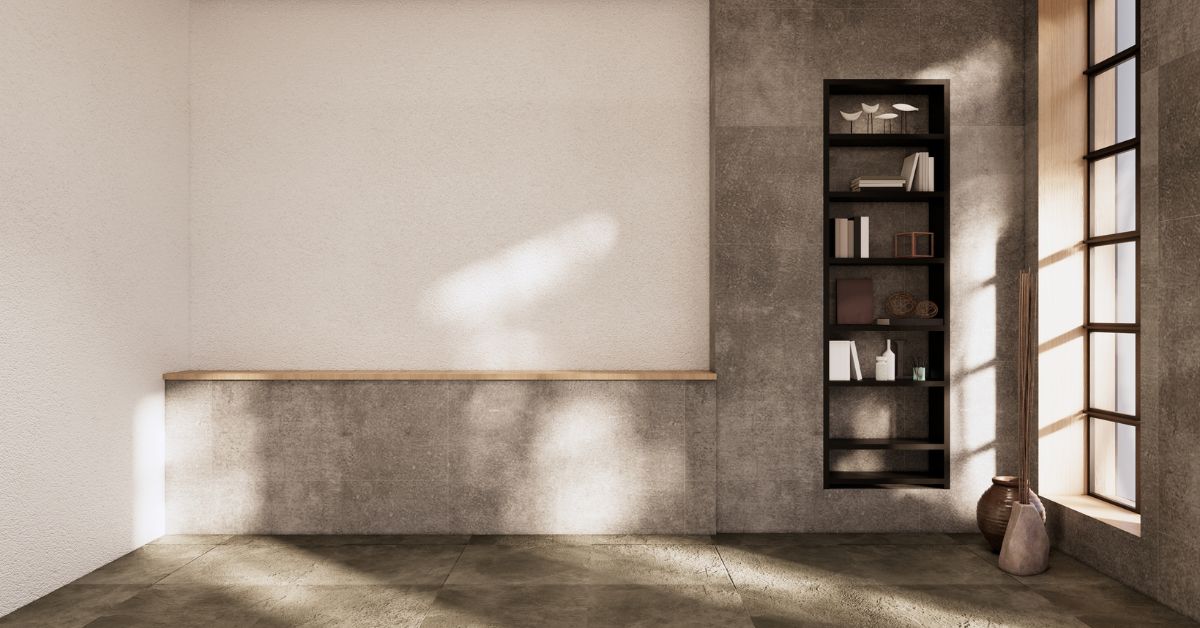
Born in Japan , wabi-sabi is an aesthetic and philosophical concept that values the beauty of imperfect, simple and natural things. In an increasingly frenetic world obsessed with perfection, wabi-sabi invites us to slow down, and find beauty even in the incomplete. But what is the Wabi-Sabi style in furniture?
This vision aligns perfectly with the concepts of wabi and sabi : the former celebrates beauty in simplicity and experience, while the latter values the beauty that emerges from aging and the patina of time.
The heart of wabi-sabi lies in the acceptance of imperfection . This concept celebrates the beauty of that which is irregular , incomplete or damaged . Objects with cracks, wrinkles or signs of aging are appreciated, as they tell a story and show the passage of time, an aspect that in wabi-sabi is seen as something fascinating and unique. In fact, aesthetic imperfection is not seen as a defect, but as a fundamental part of the essence of things.
Materials are another fundamental aspect of wabi-sabi . Wood, stone, ceramic, linen and cotton are among the most used, because they reflect nature.
A carpet that fades slightly under the sunlight, a wooden chair that scratches and smoothes over time , or a cotton blanket that transforms wash after wash: all of this is considered beautiful because it is authentic .
These materials, in fact, are appreciated for their imperfections, which tell a story and convey a sense of beauty that goes beyond the surface. Every crack, every irregularity is the result of an event , a symbol of growth and transformation . This vision enhances the durability and memory of things, in contrast to the throwaway culture.
In the wabi-sabi style, simplicity is not just an aesthetic aspect, but a true philosophy of life, which is based on the idea that beauty lies in the essential . It is not about eliminating for the sake of it, but about enhancing what has a true function and a deep meaning .
For example, a wabi-sabi room is not devoid of objects, but the furniture is reduced to the bare essentials . Each element present, such as a ceramic lamp , is not only functional, but designed to be observed and appreciated without distractions. In this space, the calm and silence that the absence of excess creates, allows one to feel more in tune with the surrounding environment.
The simplicity of this style does not mean deprivation , but a true essence, where everything has its value without the need to overload it.
The colors in wabi-sabi are discreet and inspired by nature. The dominant shades are earthy and neutral: beige , gray , white , brown and shades of green , which evoke tranquility and serenity. These colors are chosen to create a relaxing and harmonious environment , which invites reflection and rest.
Darker shades can be added to add depth, but without being invasive. The idea is that the colors do not steal the scene, but complement it, respecting the principle of modesty, one of the fundamental characteristics of Japanese minimalist decoration .
Visit our website here and discover the FT Group products inspired by wabi-sabi and other unique styles... Find the perfect piece for your space!